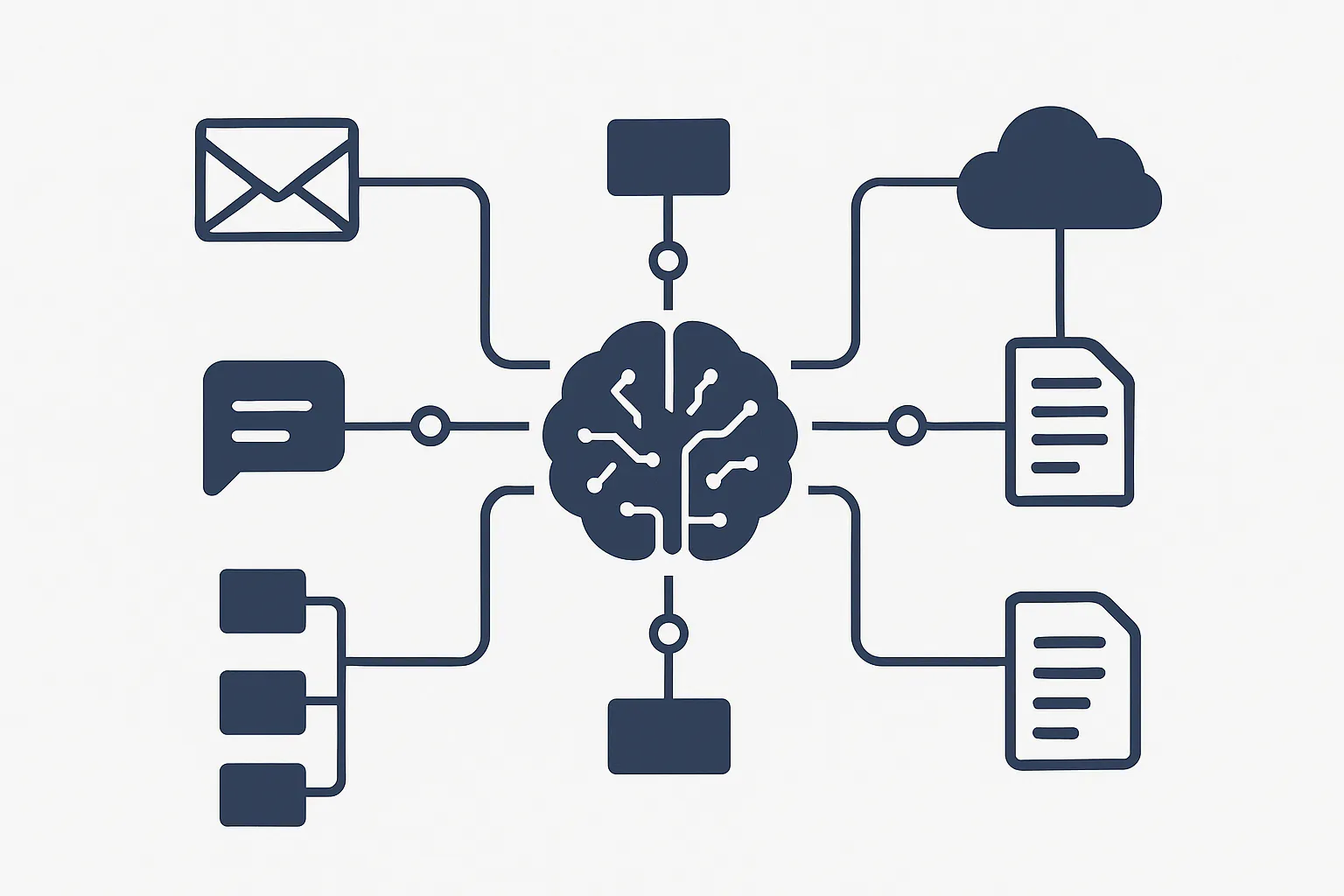Acceptance Testing: An Essential Element in Software Development
Key Takeaways
.webp)
Introduction
In the domain of software development, acceptance testing emerges as a crucial phase, often deciding the success or failure of a project. This stage acts as a definitive checkpoint to confirm whether a software system aligns with the stipulated business criteria. It is a process that uncovers potential defects and addresses them before software deployment, thus protecting end-user interests and upholding product quality.
Understanding Acceptance Testing
Acceptance testing forms a vital component of the software development life cycle. It evaluates a system's adherence to business requirements and validates its readiness for release. The primary objective is to ensure the software fulfills the intended purpose and satisfies user expectations.
Types of Acceptance Testing
- User Acceptance Testing (UAT): Conducted by end-users, UAT is pivotal in confirming that the software meets user-specific needs.
- Operational Acceptance Testing (OAT): This focuses on the operational aspects of the system, ensuring readiness for real-world deployment.
- Contract Acceptance Testing: It verifies that the system adheres to contractual obligations and specifications.
- Regulation Acceptance Testing: This type ensures compliance with relevant standards and regulations.
Best Practices in Acceptance Testing
- Defining Clear Criteria: Establishing explicit acceptance criteria that align with user requirements is crucial.
- Early User Involvement: Engaging with actual software users early in the testing process is beneficial.
- Realistic Test Environments: Creating environments that simulate real-world conditions aids in accurate testing.
- Detailed Documentation: Maintaining comprehensive records of the testing process and outcomes is important.
- Iterative Testing Approach: Implementing phased testing helps in early detection and resolution of issues.
Illustrative Examples of Acceptance Testing
- An e-commerce application undergoes UAT to ensure a seamless shopping experience for users.
- Banking software is subjected to OAT to confirm its capability for handling real-time financial transactions.
- A bespoke CRM system undergoes contract acceptance testing to fulfill specific business functionalities.
Conclusion
Acceptance testing stands as a critical gateway in software deployment, ensuring that only products meeting the highest standards of quality and user satisfaction are released. Its importance in the software development process cannot be overstated, as it directly influences the product's success and reliability in the market.




